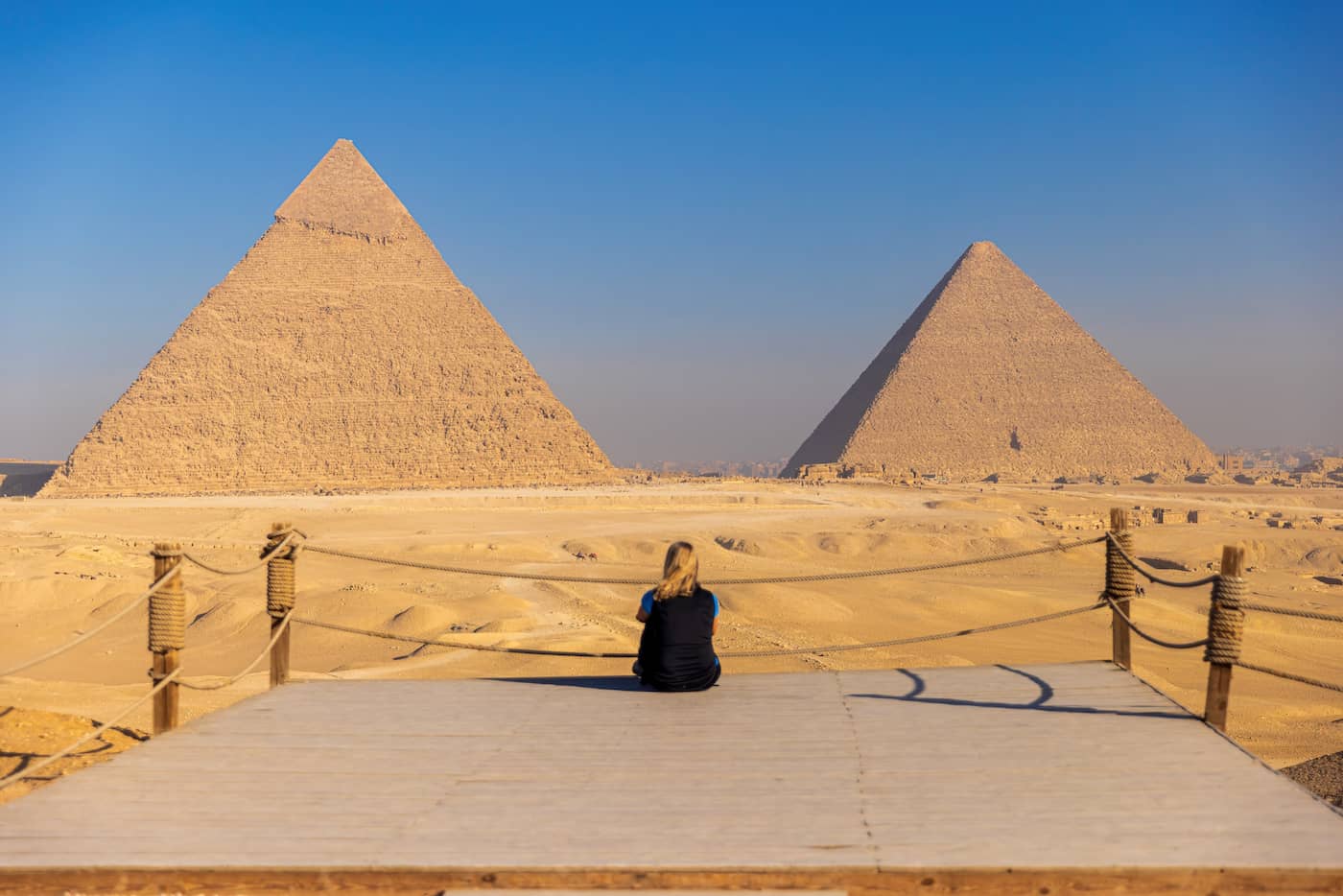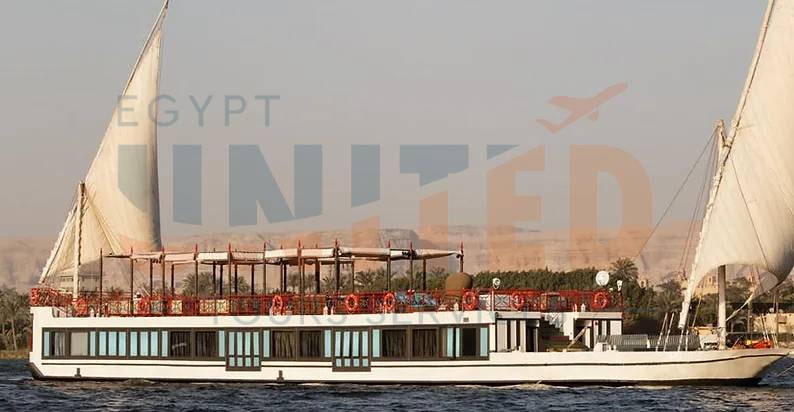Why is the Red Sea so important?
1Why is the Red Sea so important?
Why is the Red Sea so important? It has some of the warmest and saltiest seawater in the world. Its name is derived from the way its watercolor switches. The Red Sea usually appears like a very transparent blue-green color, but sometimes a lot of a kind of algae named Trichodesmium Arrium grows in the sea, and when these algae pass away, they switch the water color into a reddish-brown, providing the water with its clear red form. So the name Red Sea is not referring to the fact that the water is always red but to the fact that it can switch the color due to the unique algae.
It is considered a natural border between nations, as on one side it overlooks Egypt, Sudan, and Eritrea, and on the other side, it has Saudi Arabia and Yemen on the border. When it comes to size, it is almost 190 miles wide at its broadest point. The entire place covers about 450,000 square km from a geological site.
The Exact Location
The Red Sea exists in a huge crack in the Earth’s crust that split two major places of land: Arabia and North Africa. In the north of the Red Sea, it splits into two parts: the Gulf of Suez to the northwest and the Gulf of Aqaba to the northeast. The Gulf of Suez is almost shallow, about 180 to 210 feet deep, and it is surrounded by a wide coastal plain, unlike the Gulf of Aqaba, which has a small plain and reaches a much higher depth of 5,500 feet. As you get south from this point, the Red Sea has a winding path, making curves and bends to the Bab Al-Mandab Strait. This strait connects it with the Gulf of Aden, which in turn connects to the Arabian Sea.












